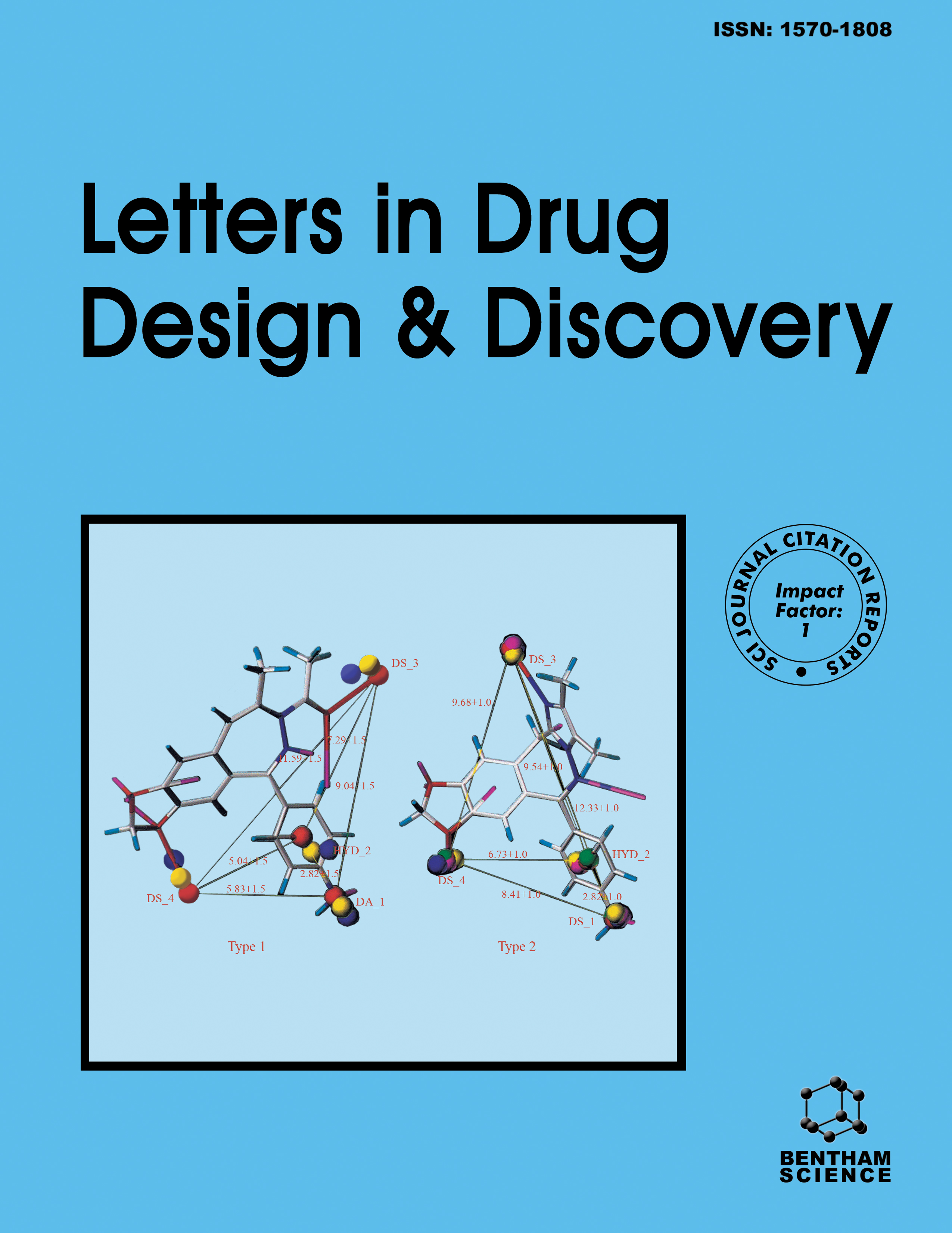
Full text loading...
We use cookies to track usage and preferences.I Understand
Ionic immobilized liquids and multi-component reactions are integral to green chemistry, facilitating the synthesis of biologically active compounds, such as xanthene and acridine derivatives. These approaches have garnered significant attention in recent years.
The aim of this study was to synthesize novel xanthene and acridine derivatives with diverse substituents and heterocyclic rings. Furthermore, the research sought to evaluate their anticancer activity against various cancer cell lines and analyze their structure-activity relationships (SAR) to determine how structural modifications impact their biological effectiveness.
The core compounds in this study were synthesized from cyclohexane-1,3-dione and triethoxymethane under two distinct reaction conditions. The first involved the use of a solvent with either Et3N or NH4OAc as a catalyst, while the second employed a solvent-free approach using an ionic liquid catalyst (ILs).
The anti-proliferative activity of all synthesized compounds was evaluated against six selected cancer cell lines, revealing that many compounds exhibited significant inhibitory effects. Furthermore, their inhibitory potential against tyrosine kinases and Pim-1 kinases was assessed, along with an investigation of their mechanism of action on tyrosine kinases.
The anti-proliferative activity of the newly synthesized compounds was evaluated against six cancer cell lines. Many of the compounds exhibited strong inhibitory effects not only against the tested cancer cell lines but also against tyrosine kinases and Pim-1 kinases.

Article metrics loading...

Full text loading...
References


Data & Media loading...

